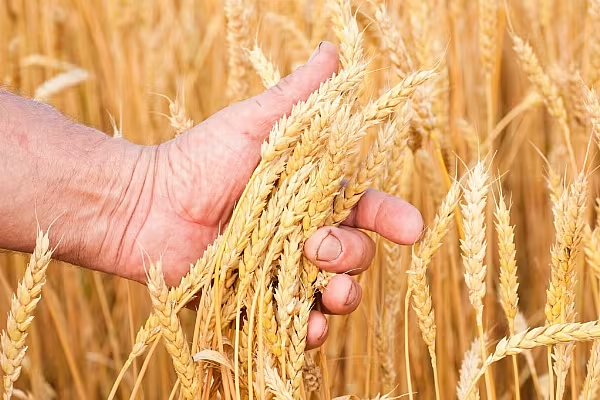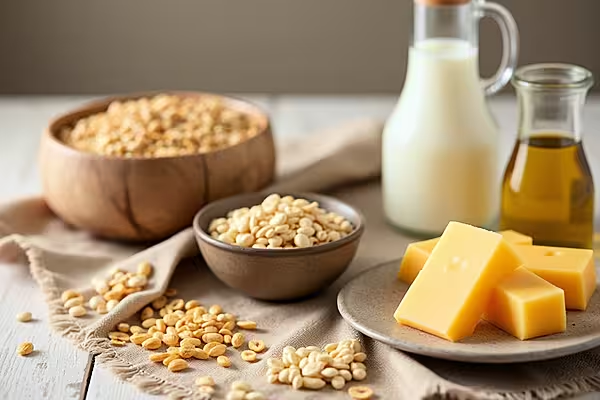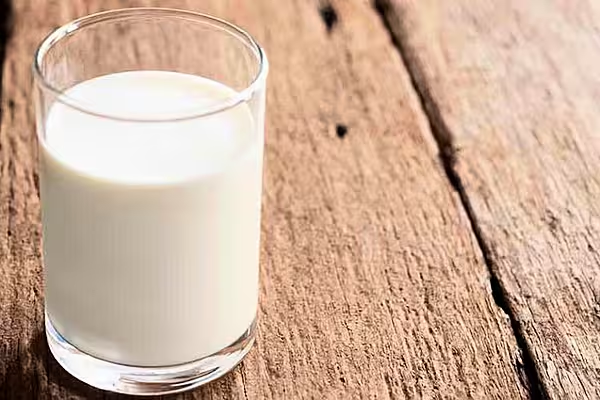The United Nations food agency's world price index fell marginally in November, marking an eighth straight monthly fall since a record high in March after Russia's invasion of Ukraine.
The Food and Agriculture Organisation's (FAO) price index, which tracks the most globally traded food commodities, averaged 135.7 points last month, down from 135.9 for October, the agency said on Friday.
The October figure was unchanged from the FAO's previous estimate.
Lower readings for cereals, meat and dairy products in November offset higher prices for vegetable oils and sugar, the FAO said.
Grain Export Channel
Last month's agreement to prolong a UN-backed grain export channel from Ukraine for another 120 days has tempered worries about war disruption to massive Black Sea trade.
The slight decrease in November meant that the FAO food index is now only 0.3% above its level a year earlier, the agency said.
In separate cereal supply and demand estimates, the FAO lowered its forecast for global cereal production in 2022 to 2.756 billion tonnes from 2.764 billion estimated last month.
The forecast was 2% below the estimated output for 2021 and would mark a three-year low, the FAO said.
According to Rabobank's latest report, prices for agricultural commodities like coffee, feed grains and oilseeds could dip next year as many major economies enter recession, but they will remain high in historic terms.
The bank said consumers face a darkening macro-economic picture, with energy shortages, geopolitical danger and ongoing shortages of some key commodities like wheat boding ill for global food security.
News by Reuters, edited by ESM – your source for the latest supply chain news. Click subscribe to sign up to ESM: European Supermarket Magazine.











